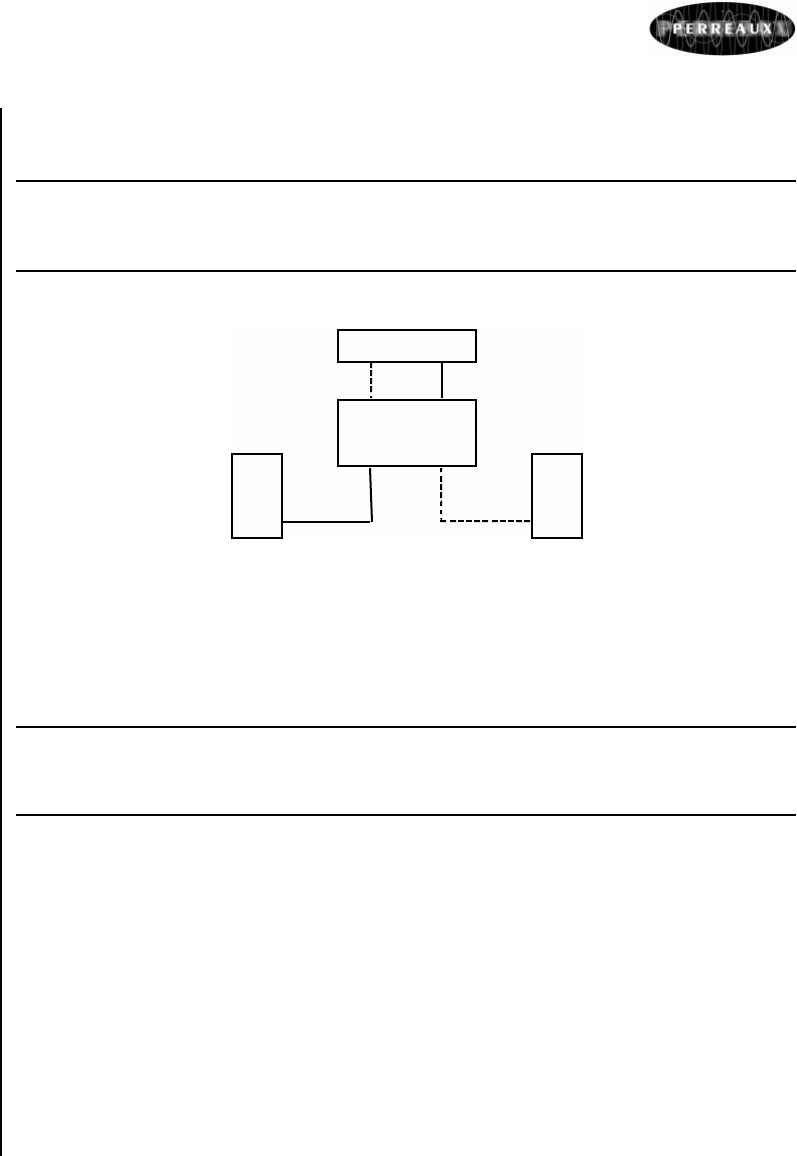
26
If the fault stays in loudspeaker ‘A’, then it is probable that the fault may exist
within the amplifier.
Caution!
Changing of any connectors must be carried out at a minimum volume
setting. Only increase the volume after the conne
ctions have been
changed.
Step 3b – Inputs (Interconnects)
SOURCE
AMPLIFIER
A
B
Change the interconnect leads completely from left channel to right and from
right channel to left by now swapping them at the source component’s output. If
the f
ault stays in loudspeaker ‘B’, then the interconnect lead is at fault, go no
further.
If the fault appears in loudspeaker ‘A’, then the interconnect lead is OK.
Caution!
Changing of any connectors must be carried out at a minimum volume
setting. Only inc
rease the volume after the connections have been
changed.
Should the fault prove to be in the amplifier it will be necessary to determine
where the fault actually lies. Most of this has been done, for instance, you now
know what input/s and what channel
is affected. This information will assist
your Perreaux dealer or service person when or if any service is required.
If the apparent fault is noise in one or both channels and has been localised to
the amplifier, it will be necessary to determine wheth
er or not the noise increases
with the volume control; whether or not the noise exists when no input at all is
connected to the amplifier; and what type of sound the noise is. For example,
low frequency humming noise or high frequency hissing noise. This
information will also assist your service person in making repairs or
adjustments.


















